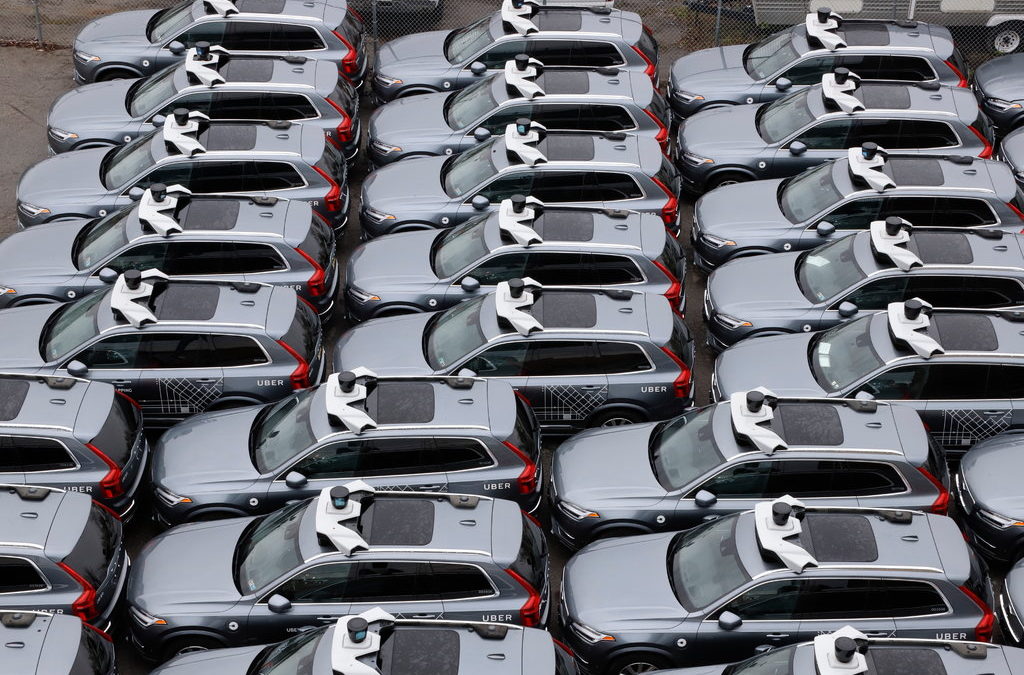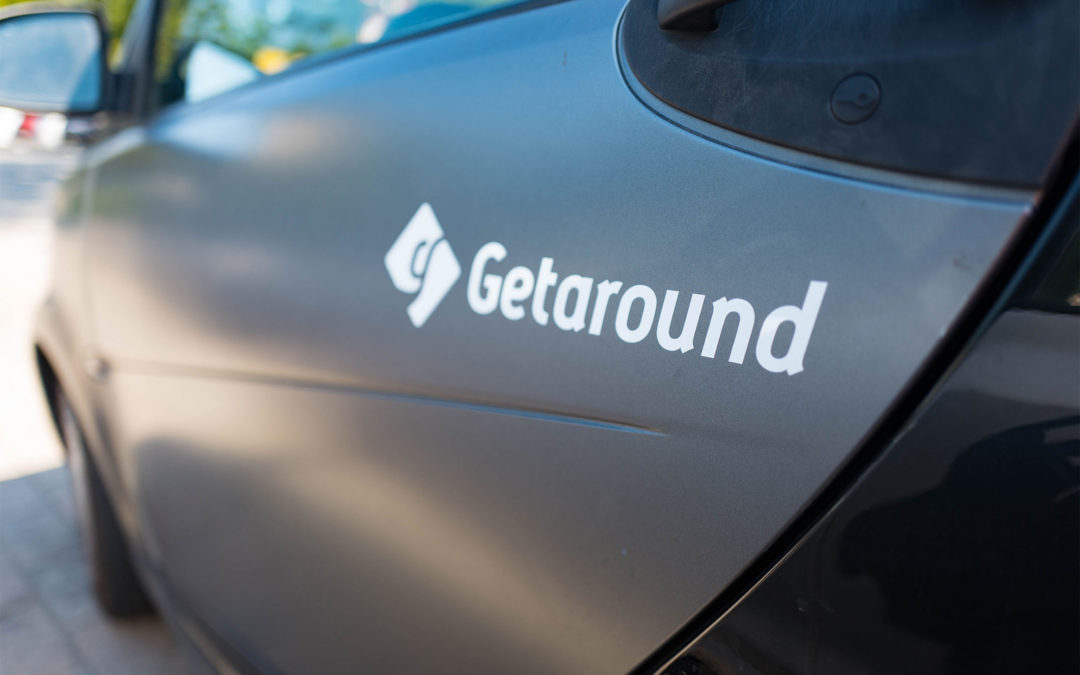
by Innovative Mobility Research | Jun 12, 2020 |
June 12, 2020 Congratulations to Transportation Sustainability Research Center (TSRC) survey researchers Jacquelyn Broader and Adam Cohen on earning spot Staff Appreciation and Recognition Awards! Read more about their efforts and achievements here....

by Innovative Mobility Research | Jun 3, 2020 |
Jim Motavalli May 29, 2020 It was a difficult question even before the coronavirus pandemic hit: When self-driving cars eventually rule the roads, will Americans own their cars or make use of ride-hailing fleets? The challenge is now threefold. Self-driving car technology had already reached a plateau, and getting to full Level 5 autonomy will be more difficult than many had thought. With the nation’s economy hobbled by the virus, investment is slowing. And to car owners, their private automobile is now a sanctuary, and it’s unclear how long that attitude will persist. A CarGurus.com poll of 400 active car shoppers, conducted in May for this article, asked, “What is your overall opinion about the development of self-driving cars?” It showed 22 percent of customers were excited by the prospect. A survey of auto owners in 2019 showed 31 percent of them were excited for autonomous cars. The question about the long-term future for the world’s cars is far from settled, and the experts (some of whom see disaster for the planet if people own autonomous cars as we own our cars now) differ sharply in their perception of where we’re heading… Read the full article...

by Innovative Mobility Research | May 29, 2020 |
Susan Shaheen May 2020 Sharing rides is a longstanding tradition that predates even horse-and-buggy travel. Recent innovations, however, make sharing a ride easier, more convenient, and more efficient. Innovative mobility services premised on pooling — getting multiple riders into the same vehicle — can lower travel costs, mitigate congestion, and reduce greenhouse gas emissions. They also offer travelers more mobility choices between the traditional bookends of auto ownership and public transit. The motivations for pooling are simple. There are economic incentives. Cars are among the most underused capital assets in our economy, sitting empty 95 percent of the time and usually carrying only one person the rest of the time. If cars were used more often, and if they carried two, three, or four passengers, their cost per rider, and per hour, would drop dramatically. But the benefits of pooling go well beyond cheaper mobility. If the car is carrying many people who might otherwise drive themselves, sharing can result in fewer vehicles on the road, which means less air pollution and energy use and fewer greenhouse gas (GHG) emissions and parking spaces. With more than 1 billion cars and light trucks in the world, the potential for major reductions in pollution and GHGs is huge — in the United States and most other countries. We know that technologically, a future with many shared rides is now possible. What we don’t know is whether and under what conditions people will be willing to make that transition. Thinking about this possibility requires… Read full article...

by Innovative Mobility Research | May 22, 2020 |
Bloomberg May 20, 2020 Car-sharing platforms, which have suffered during the Covid-19 lockdown, see an opportunity emerging: an increase in short-distance, local trips as U.S. consumers look for a different way of getting to work and running errands. Executives from Turo, GetAround and ZipCar are hoping their pitch to customers—a means of travel that is cheaper than car ownership and sanitary—will also win business from public transit users and Uber and Lyft riders. In addition to the uptick in shorter trips, the companies also report increased use by essential workers and health-care workers. “Customer confidence in travel safety can change their booking habits,” said Preeti Wadhwani, a research analyst with Global Market Insights. “Health-care providers or first responders are relying on car-sharing companies such as Turo to commute to work.” GetAround says overall trip volume in the U.S. has declined by almost 50% since states began shutting down their economies in mid-March. Turo says its business also has fallen dramatically, undoing the 60% year-on-year growth they saw as recently as February, according to Chief Executive Officer Andre Haddad. Zipcar also reports an “expected decline in demand,” particularly in business travel and on university campuses, Zipcar President Tracey Zhen said in an email… Read full article...

by Innovative Mobility Research | May 12, 2020 |
Nico Savidge May 8, 2020 While clean air and traffic-free roads have been one of the few silver linings amid the coronavirus pandemic, there are worrying signs that the Bay Area’s fearsome congestion could come roaring back once public life resumes — and perhaps be worse than ever. That’s because many of those who once packed into crowded buses and BART trains could opt to drive whenever people begin physically returning to work in large numbers. It’s an understandable shift for virus-scarred commuters seeking the physical distance of a private car. But it presents a host of troubling consequences for a region where officials have long tried to lure people out of their automobiles: gridlocked freeways and traffic misery, increased tailpipe emissions and deteriorating air quality, financial hardship for public transportation agencies. “We are going to have lesser ridership on transit for the near future,” said Professor Frances Edwards of San Jose State’s Mineta Transportation Institute. And as a result, Edwards said, “We are going to have bad traffic.” Read the full article...






